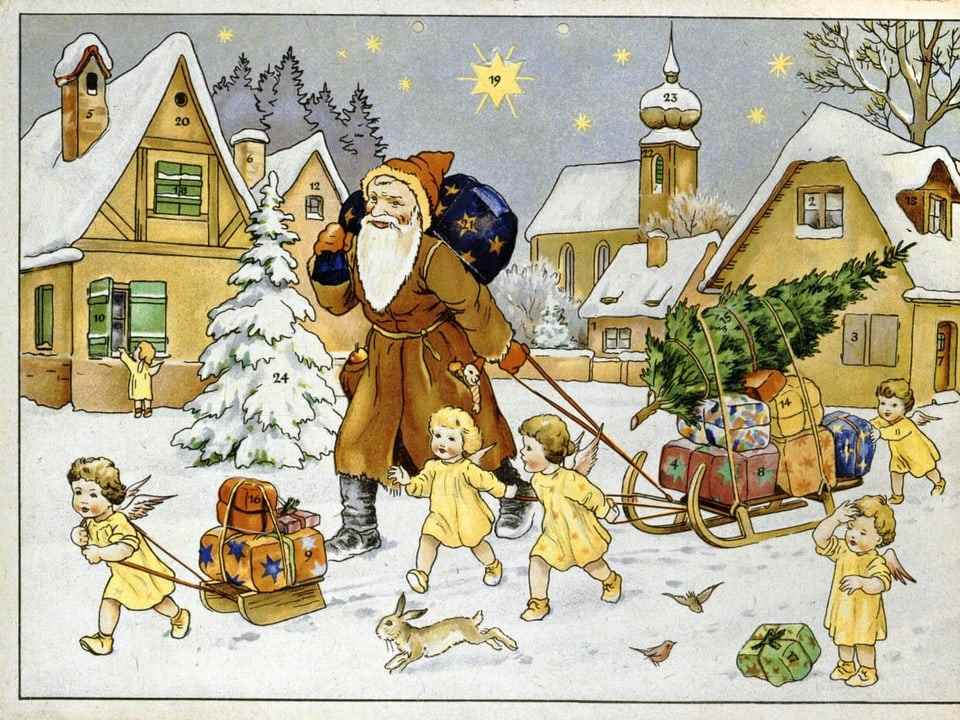contents
In the pre-Christmas period, there are advent calendars in almost every household. But who actually invented it? And are there less commercial variants?
Children and adults alike are happy year after year when they are allowed to open the first little door of their advent calendar. An enormous variety is hidden behind the little doors these days. Whether wine, Playmobil, beauty products or protein bars – there is something for every taste.
Religious education in calendar form
Like the Advent wreath, the invention of the Advent calendar goes back to the middle of the 19th century: “It began in pious Pietistic-Lutheran circles,” explains SRF religion editor Judith Wipfler.
Legend:
Originally, the advent calendar served primarily the purpose of piety. But this meerkat at London Zoo doesn’t care – that’s probably why he opens all the doors at once.
imago images/Sipa USA
The calendars were intended to encourage children to draw and read stories. “That was an early form of religious education,” says Wipfler. The families did not buy the advent calendars, but made them themselves.
Advent counting with Nikolaus and Barbara
The Catholics followed suit and began to incorporate their own history of piety. For example, they invented a Santa Claus calendar, a Lenten calendar or a Barbara calendar. So they linked the tradition of the Barbara branches, which are cut on December 4th, to counting the days until Advent.
The turning point came in the 20th century: in 1902 the first printed advent calendar appeared in Hamburg as a product for the masses. Tear-off calendars were common at first, but variants with little doors and pictures soon appeared. There were also advent calendars to cut out.
Beautifully designed calendars became very popular, especially in the 1920s. “The more commercial the Advent calendars became, the more impious they became,” says Judith Wipfler.
“Partial guilt” that the 24-door form has prevailed today is the commercialization: “That enabled the dealers to offer the unsold paper calendars again next year.”

Legend:
This is how we know and love it: This advent calendar from the 1920s would probably still find its buyers today.
Imago Images/Imagebroker
The traditional Christian Advent calendar, on the other hand, has far more doors, namely from the first Advent – which fell on a November day this year – to Epiphany on January 6th.
Candle instead of calendar
Such advent calendars depict the entire church Christmas festival. For example, an ecumenical initiative offers such a “different Advent calendar” – with a circulation of 700,000.
Those looking for a non-commercial alternative can find inspiration in Scandinavia. So-called “Advent candles” have a long tradition there: simple white candles with numbers from top to bottom that you can burn down every evening. An alternative that is as contemplative as it is ecological.

